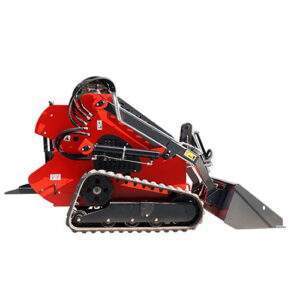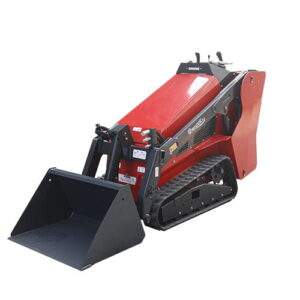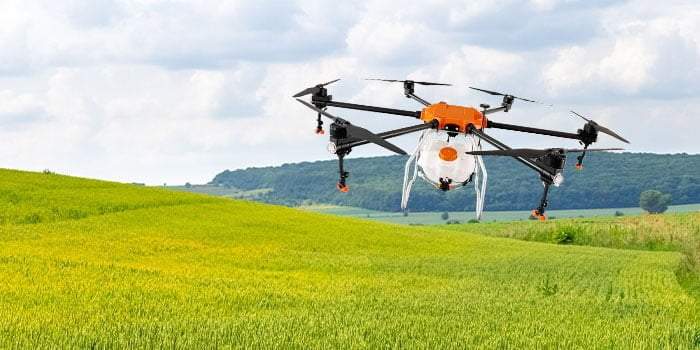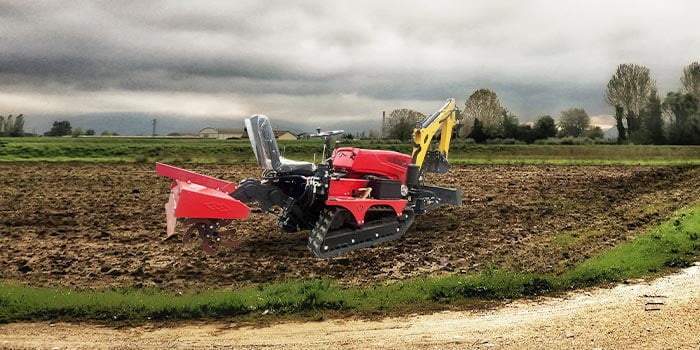How Skid Steer Loader Dimensions Affect Your Projects
Welcome to My Blog!
Before we dive into the content, I’d love for you to join me on my social media platforms where I share more insights, engage with the community, and post updates. Here’s how you can connect with me:
Facebook:https://www.facebook.com/profile.php?id=61557298070472
Now, let’s get started on our journey together. I hope you find the content here insightful, engaging, and valuable.
Introduction

Skid steer loaders are essential tools in many construction, landscaping, and agricultural projects. Their compact and versatile nature allows them to excel in a variety of tasks. However, understanding the importance of skid steer loader dimensions is crucial for selecting the right machine for specific applications. This blog explores how the dimensions of skid steer loaders affect project outcomes, including maneuverability, load capacity, and safety.
What Are Skid Steer Loaders?
Definition and Functionality
A skid steer loader is a small, engine-powered machine equipped with lift arms that can be fitted with various attachments. The unique steering mechanism allows skid steer loaders to turn in tight spaces, making them ideal for projects where space is limited. The dimensions of a skid steer loader, including its width, height, and length, play a vital role in its overall functionality.
Key Components
The key components that define skid steer loader dimensions include:
- Width: Affects how easily the loader can navigate tight spaces.
- Height: Influences its ability to operate in confined areas.
- Length: Impacts stability during operation and ease of transportation.
- Wheelbase: Affects handling and weight distribution.
Understanding these components helps in appreciating how skid steer loader dimensions influence performance.
Importance of Skid Steer Loader Dimensions
Maneuverability
The dimensions of a skid steer loader significantly influence its maneuverability. A narrower width allows the loader to fit into tighter spaces, making it particularly useful for landscaping or urban construction projects. Conversely, a wider model may provide more stability but could limit access to confined areas. The right skid steer loader dimensions can enhance operational efficiency in complex job sites.
Load Capacity
The dimensions also directly affect the load capacity of a skid steer loader. A larger wheelbase generally allows for a higher lifting capacity and stability, which is critical when handling heavy materials. It’s essential to understand how the dimensions impact weight distribution to prevent tipping or instability, ensuring safety during operations.
Stability and Safety
Stability is a crucial consideration when operating a skid steer loader, especially on uneven terrain. The dimensions of the loader influence its center of gravity and overall balance. Wider models often offer better stability, enhancing safety when carrying heavy loads. Understanding the relationship between skid steer loader dimensions and stability can help operators make informed decisions.
Transportation and Storage
When evaluating skid steer loader dimensions, it’s important to consider transportation and storage needs. Larger models may require more space for transport and storage, potentially increasing logistics costs. Ensuring that the project site can accommodate the loader’s dimensions is vital for seamless operations and planning.
Attachment Compatibility
Different attachments may have specific size requirements that align with the dimensions of skid steer loaders. Certain buckets or forks may not be compatible with smaller models, limiting versatility. Knowing the loader’s dimensions helps in selecting the right attachments for various tasks, maximizing the machine’s functionality.
Site Conditions
The dimensions of a skid steer loader should match the conditions of the job site. For example, if you’re working in an area with narrow paths or limited access, a compact model may be preferable. Conversely, if stability and load capacity are priorities, a larger model may be necessary. Evaluating site conditions in relation to skid steer loader dimensions ensures that you select the most suitable equipment for the job.
Operator Comfort
Operator comfort is also affected by skid steer loader dimensions. A spacious cabin in a larger model can improve visibility and reduce operator fatigue. On the other hand, compact models might feel cramped. Ensuring operator comfort can lead to increased productivity and better project outcomes, making it an important consideration when choosing skid steer loader dimensions.
Summary of Skid Steer Loader Dimensions
| Dimension | Description |
|---|---|
| Width | Affects maneuverability and access to tight spaces |
| Height | Influences ability to work in confined spaces |
| Length | Impacts stability during operation and transportation |
| Wheelbase | Affects handling, stability, and weight distribution |
| Operating Capacity | Determines load handling capabilities and safety |
Selecting the Right Skid Steer Loader Dimensions

Assess Project Requirements
Begin by assessing the specific requirements of your project. Consider the types of tasks, materials, and working environment. This assessment will guide you in selecting the appropriate skid steer loader dimensions that fit your project needs.
Evaluate Site Conditions
Evaluate the conditions of your job site. If you are working in tight urban areas or small backyards, a more compact skid steer loader may be necessary. Conversely, if you require stability and lifting capacity, a larger model may be more appropriate. Matching skid steer loader dimensions to site conditions ensures efficient and safe operations.
Consider Attachment Needs
Identify the attachments you plan to use with your skid steer loader. Ensure that the dimensions of the loader can accommodate these attachments for optimal performance. Compatibility is key to maximizing the functionality of your equipment.
Factor in Operator Experience
Consider the experience level of the operators who will be using the skid steer loader. More experienced operators might be able to handle larger, more powerful models effectively, while less experienced operators may benefit from the ease of use offered by compact models. Matching skid steer loader dimensions to operator skills can enhance safety and productivity.
Budget and Cost Implications
Finally, factor in your budget when choosing skid steer loader dimensions. Larger models typically come with higher purchase and operational costs. Balancing the dimensions with your financial considerations ensures that you select the right skid steer loader for your project without overspending.
Conclusion
Understanding skid steer loader dimensions is essential for optimizing the efficiency and effectiveness of your projects. The dimensions affect various aspects, including maneuverability, load capacity, stability, and operator comfort. By carefully assessing your project requirements, site conditions, and attachment needs, you can select the right skid steer loader to enhance productivity and ensure safety.
Investing time in understanding these dimensions will pay off through improved performance, cost savings, and a more streamlined workflow. Choosing the right skid steer loader dimensions can significantly impact the success of your project, ensuring that tasks are completed efficiently and effectively.
FAQ
What is the average width of a skid steer loader?
The average width of skid steer loaders typically ranges from 42 to 80 inches, depending on the model and its intended use.
How do I determine the right size skid steer loader for my project?
Assess the types of tasks, site conditions, and required attachments to determine the most suitable skid steer loader dimensions for your project.
Can I use attachments with different skid steer loader dimensions?
Attachments must be compatible with the loader’s dimensions. Ensure that the attachment specifications align with the loader size to maximize functionality.
What is the significance of wheelbase in a skid steer loader?
A longer wheelbase can improve stability and load capacity, making it ideal for heavy lifting. However, it may also reduce maneuverability in tight spaces.
How do dimensions impact transportation costs?
Larger skid steer loaders may incur higher transportation costs due to their size and weight. Ensure that your logistics can accommodate the loader’s dimensions to avoid unexpected expenses.



